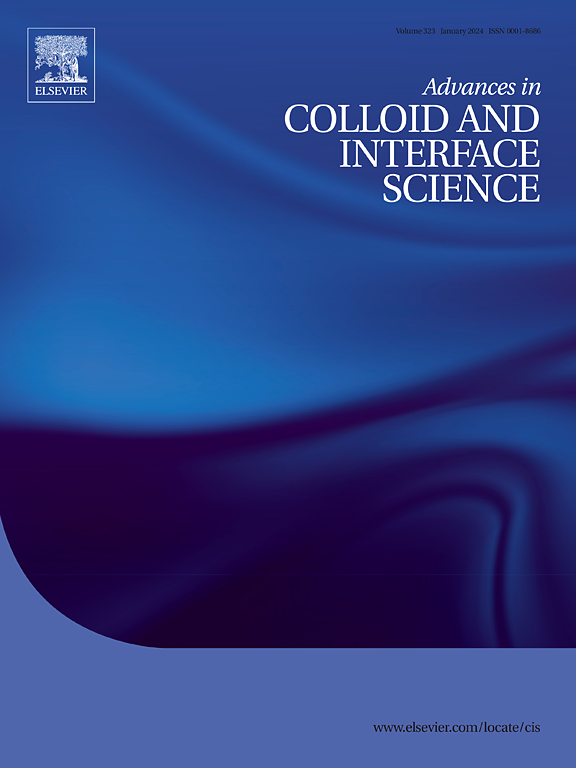革命性的MXene纳米材料用于氢气的生产和储存:增强催化、储存、机械完整性和生态系统兼容性
IF 15.9
1区 化学
Q1 CHEMISTRY, PHYSICAL
引用次数: 0
摘要
氢在实现净零排放目标方面发挥着关键作用。作为一种能源载体,它是可再生能源在实现清洁能源转型目标和缓解气候变化问题方面的补充。虽然许多国家都认识到氢的潜力,但在当前的能源形势下,迫切需要在氢的生产和储存方法方面取得快速进展。氢生产和储存的进步必须采用既具有成本效益又可扩展的无排放方法。氢作为一种便携式电源,由于其低体积能量密度和与储存相关的安全要求而面临批评。为了释放氢在能源领域的全部潜力,必须解决与成本效益、无排放的发电方法和储存选择相关的挑战。MXene是一种由过渡金属碳化物、氮化物和碳氮化物组成的二维材料,近年来引起了广泛的关注。其优异的机械强度和化学稳定性使其成为一种很有前途的制氢和储氢材料。以前的评论主要集中在MXene的制氢或储存能力上;然而,很少对其在这两个领域的潜力进行全面审查。了解MXene的重要性和潜力,本研究综述了MXene用于制氢和储氢的潜力、技术障碍和解决方案。与MXenes相关的挑战,如合成的可扩展性、环境稳定性、有限的储氢容量和析氢反应(HER)的催化效率,都受到了严格的审查。此外,本文还讨论了MXene的机械和热性能、优点、缺点和环境风险。值得注意的是,它强调了MXene作为催化剂的应用,可以通过气化、热化学过程和碳氢化合物重整来推进氢气的生产。本文章由计算机程序翻译,如有差异,请以英文原文为准。

Revolutionizing MXene nanomaterials for hydrogen production and storage: Enhancing catalysis, storage, mechanical integrity, and ecosystem compatibility
Hydrogen holds a pivotal role in achieving net-zero emission targets. Serving as an energy carrier, it complements renewable energy sources in meeting clean energy transition goals and mitigating climate change issues. While many nations recognizes the potential of hydrogen, in the current energy scenario, there is an urgent need for rapid advancements in hydrogen production and storage methods. The advancements in hydrogen production and storage must utilize emission-free methods that are both cost-effective and scalable. Hydrogen as a portable power source, faces criticism due to its low volumetric energy density and the safety requirements associated with its storage. To unlock the full potential of hydrogen in the energy sector, it is imperative to address the challenges related to cost-effective, emission-free generation methods and storage options. In recent years, MXene, a two-dimensional material composed of transition metal carbides, nitrides, and carbonitrides, has garnered significant attention. Its excellent mechanical strength and chemical stability make it a promising material for hydrogen production and storage. Previous reviews have predominantly concentrated on either hydrogen production or storage capabilities of MXene; however, a comprehensive review of its potential in both domains is scarce. Understanding the importance and potential of MXene, the present study review the potential, technical barriers, and solutions for using MXene for both hydrogen production and storage. The challenges associated with MXenes, such as scalability of synthesis, environmental stability, limited hydrogen storage capacity, and catalytic efficiency for hydrogen evolution reactions (HER), are critically examined. Additionally, the review discusses MXene's mechanical and thermal properties, advantages, disadvantages, and environmental risks. Notably, it highlights MXene's application as a catalyst for advancing hydrogen production through gasification, thermochemical processes, and hydrocarbon reforming.
求助全文
通过发布文献求助,成功后即可免费获取论文全文。
去求助
来源期刊
CiteScore
28.50
自引率
2.60%
发文量
175
审稿时长
31 days
期刊介绍:
"Advances in Colloid and Interface Science" is an international journal that focuses on experimental and theoretical developments in interfacial and colloidal phenomena. The journal covers a wide range of disciplines including biology, chemistry, physics, and technology.
The journal accepts review articles on any topic within the scope of colloid and interface science. These articles should provide an in-depth analysis of the subject matter, offering a critical review of the current state of the field. The author's informed opinion on the topic should also be included. The manuscript should compare and contrast ideas found in the reviewed literature and address the limitations of these ideas.
Typically, the articles published in this journal are written by recognized experts in the field.

 求助内容:
求助内容: 应助结果提醒方式:
应助结果提醒方式:


